4.6newsReviewsVivo
- Vivo X200 Ultra Review: Is This the Best Camera Phone on the Market?
- The Breakdown
- First Impressions: Built to Impress
- What You Need to Know at a Glance
- Design & Durability
- Display: A Real Showstopper
- Camera: Believe the Hype
- Performance: Powerhouse at Heart
- Battery & Charging: Long Life, Short Wait
- UI Experience and Software Features
- Android 14 Integration
- Build Quality and Materials
- Special Features That Stand Out
- The Verdict: Flagship or Photography Beast?
Vivo X200 Ultra Review: Is This the Best Camera Phone on the Market?
Nick Papanikolopoulos
May 15, 2025

The Breakdown
4.6
9.2
The Vivo X200 Ultra doesn’t just tick boxes—it redefines what users should expect from a camera phone. You get a powerhouse processor, a truly stunning display, all-day battery life, and one of the best (arguably the best) mobile camera systems on the market today. It’s my new favorite of the year.
Camera
9.2
Android (OriginOS)
9.2
Performance
9.2
Quality
9.2
Battery
9.2
Well this is one of those times when the actual product GREATLY exceeds all your expectations – no matter how experienced as a Tech Editor you may be. When Vivo offered to send me a fully sealed package of their X200 Ultra Camera flagship – the best model of their X200 series – I was in no way ready for this. A beautifully crafted masterpiece, with all the small trinkets that any professional photographer could wish for – and then some! I was blown away by its speed, camera features, battery life and build quality. However the Chinese backed UI didn’t impress me – I live in Europe after all. Here’s my thoughts on this – quite possibly – best camera phone of the year.
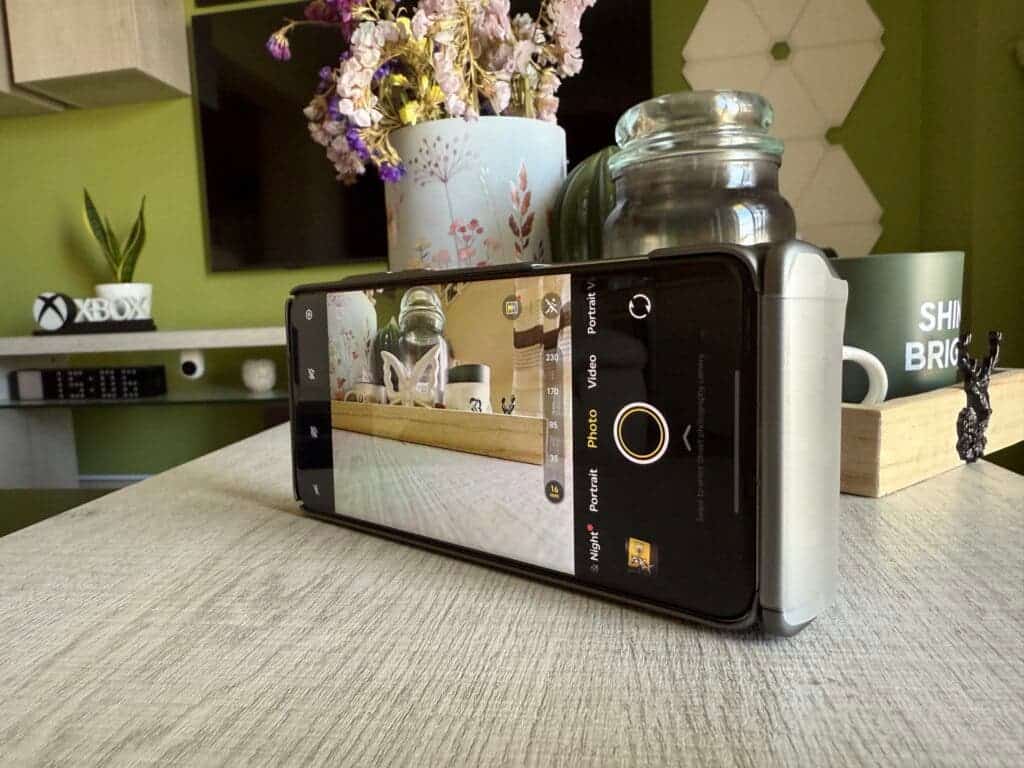
First Impressions: Built to Impress
Pulling the Vivo X200 Ultra out of the box, it’s clear this phone wasn’t built to play it safe. Vivo wants you to notice this device—and it works. The packaging is premium. Charger? Included. Case? Yes, though it could be sturdier. The phone itself? Hefty in a good way, weighing 229g, with a design that immediately feels expensive.
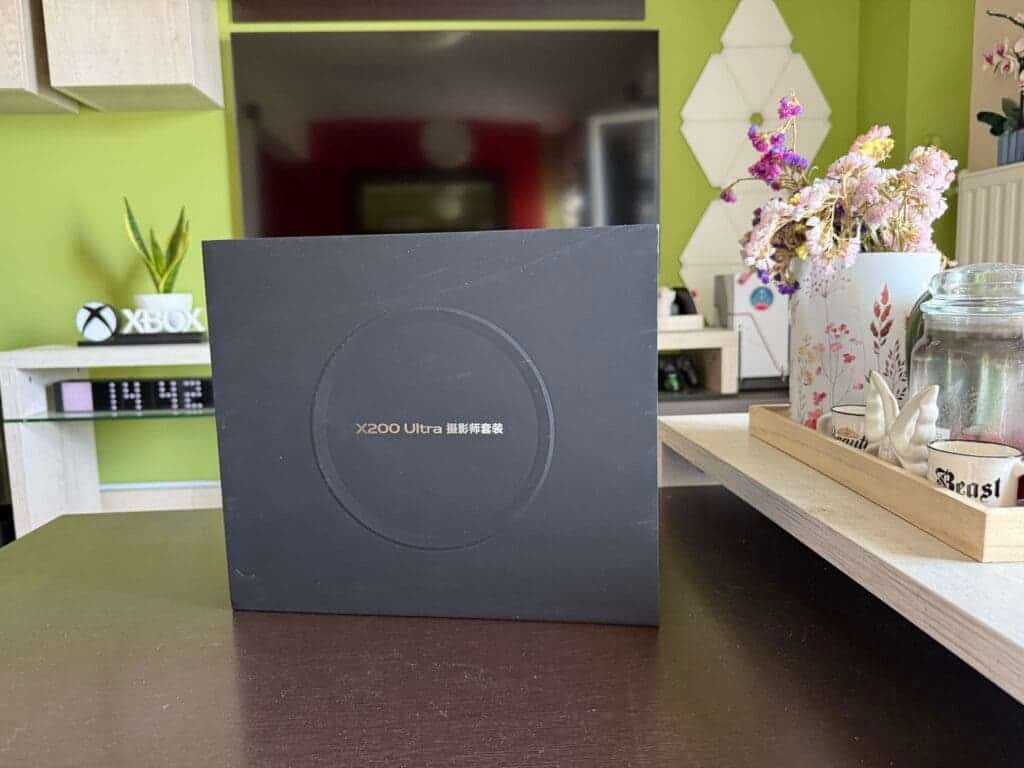
The curved glass back and aerospace aluminum frame blend seamlessly. It’s polished but not flashy. And the large ZEISS-branded camera module? A not-so-subtle reminder that photography is this phone’s headline act.

What You Need to Know at a Glance
- Camera: 200MP periscope lens, 50MP main, 50MP ultra-wide—all with OIS
- Display: 6.82-inch 2K LTPO AMOLED, 120Hz adaptive refresh
- Processor: Snapdragon 8 Elite, 3nm architecture
- Battery: 6000mAh with 90W wired & 50W wireless charging
- Build: Sleek curved glass, aluminum frame, IP68/IP69 rated
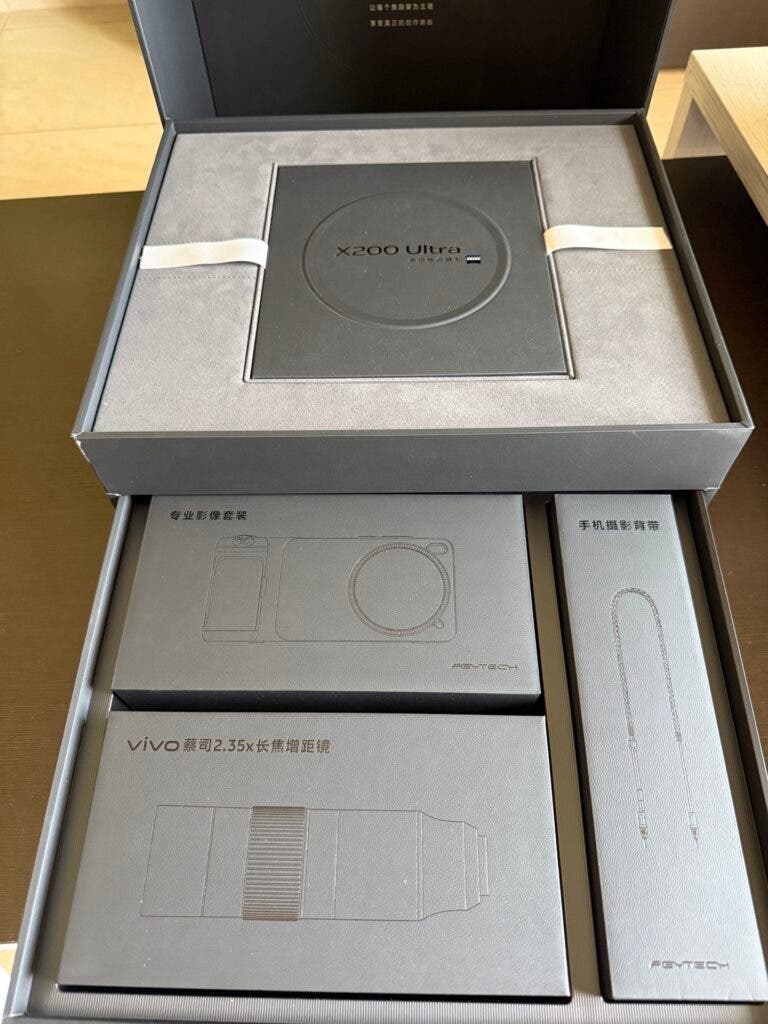
Design & Durability
It’s easy to forget you’re holding a phone this powerful because it just feels so refined. Armor Glass on the front, IP68/IP69 water and dust protection, and those smooth, curved edges—it all feels deliberate. It looks and feels better than some devices costing even more. And in a market that often recycles the same design language, this one stands out just enough without trying too hard.

Display: A Real Showstopper
The 6.82-inch LTPO AMOLED panel on the Vivo X200 Ultra is flat-out excellent. With a 2K resolution and adaptive 120Hz refresh rate, it’s perfect for everything from casual browsing to HDR10+ movie sessions. Peak brightness hits 4500 nits, and surprisingly, it holds up even under direct sunlight.
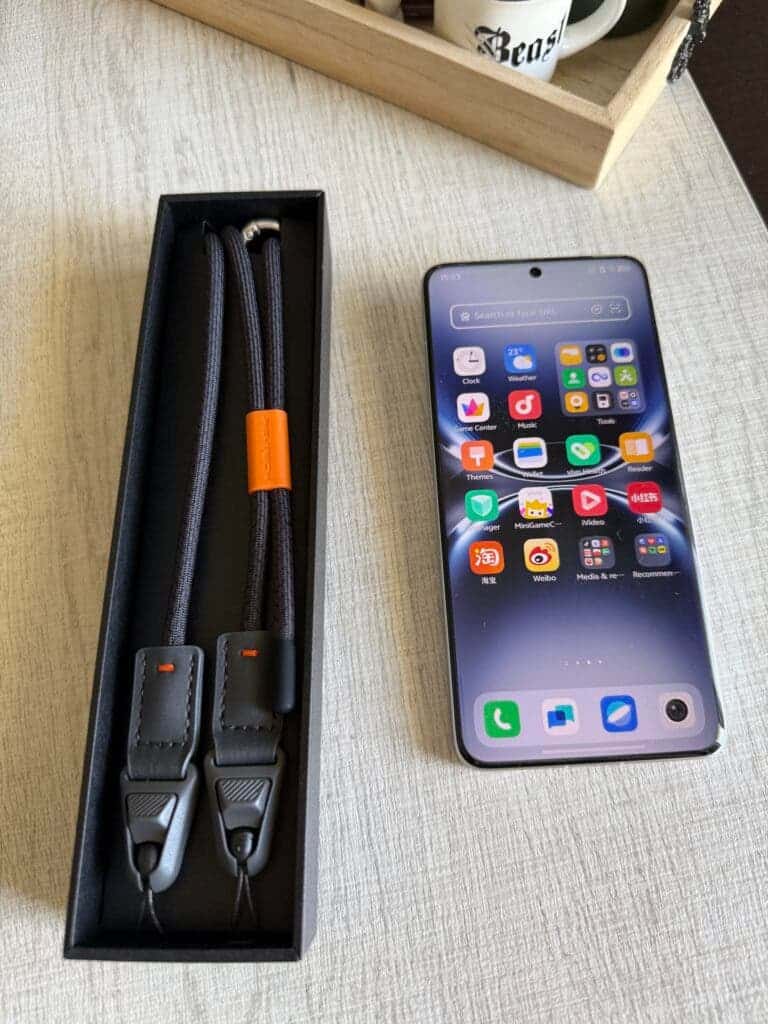
What really sells the experience, though, is the color accuracy and fluidity. It feels buttery. Gaming, video editing, even just scrolling—it’s smooth. Combine that with Dolby Vision support, and you’re looking at a near-perfect display for content lovers.

Camera: Believe the Hype
Let’s be blunt: the Vivo X200 Ultra exists to dominate camera performance.
Three rear lenses, all with OIS:
- 200MP periscope telephoto (Samsung HP9)
- 50MP main (Sony LYT-818)
- 50MP ultra-wide
Every one of these sensors pulls its weight. The 200MP lens is more than just a spec-sheet flex. It delivers crisp, zoomed-in shots with optical zoom up to 8.7x and digital zoom stretching to 70x. Details are sharp. Textures stay intact.

The ultra-wide doesn’t lag either. It captures expansive landscapes with minimal distortion. As for portraits, the bokeh is beautifully separated, and skin tones are rendered realistically. Even low-light performance is strong—bright, clean, detailed, and not oversaturated.









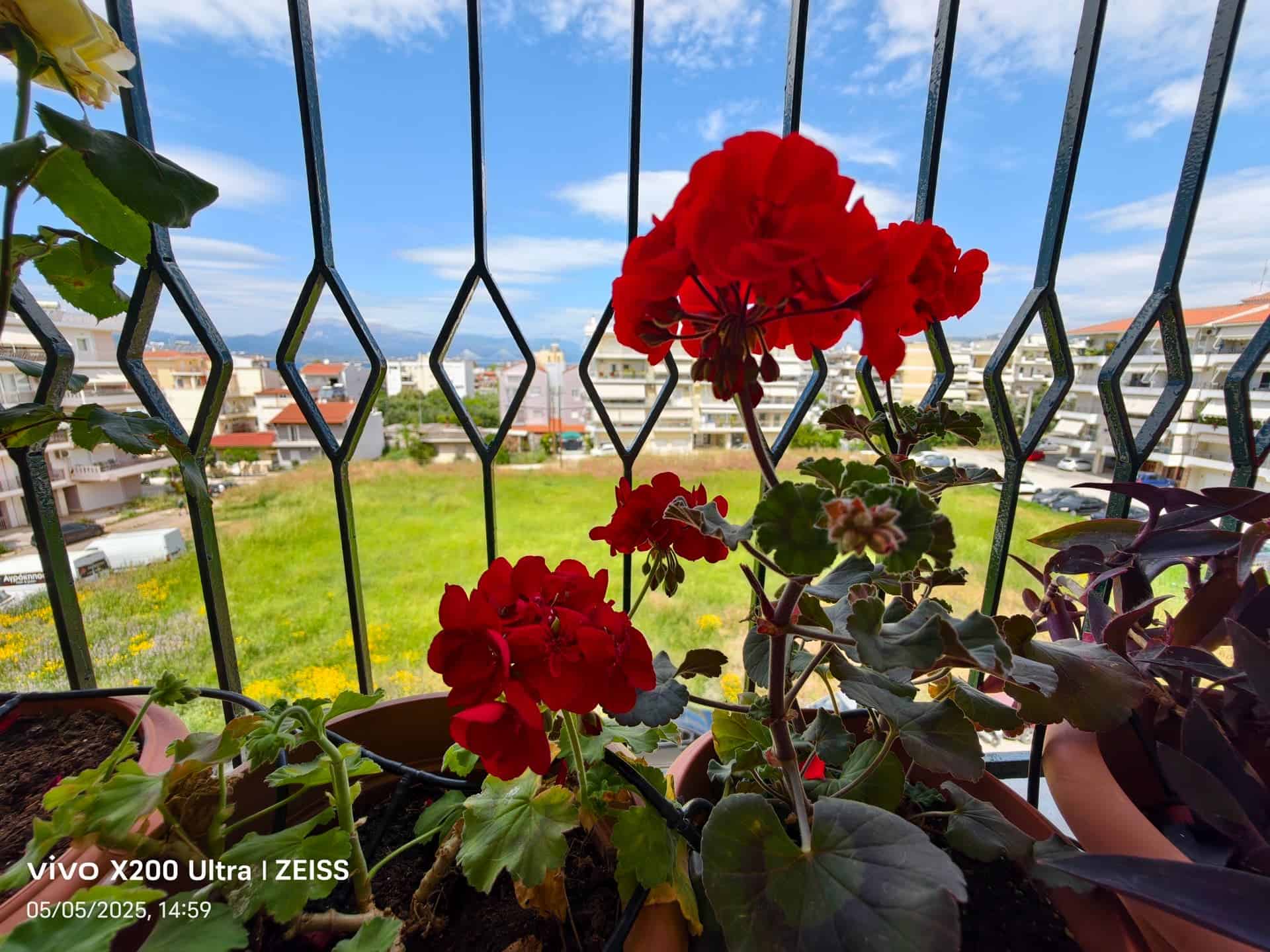


Selfies? The 50MP front cam is almost too generous. It pulls in every pore, every freckle—great for enthusiasts, maybe a bit too honest for some. Night shots hold up well too.

Video-wise, it handles 4K at 120fps and supports 10-bit Log for creators who want serious color grading control. You’ll appreciate the V1 and V3+ imaging chips here—they make a difference, especially in processing speed and tone mapping.

Performance: Powerhouse at Heart
Snapdragon 8 Elite (based on 3nm process) powers this beast, paired with up to 16GB RAM. Let’s just say this: nothing slows it down. Not games, not multitasking, not even heavy video rendering.
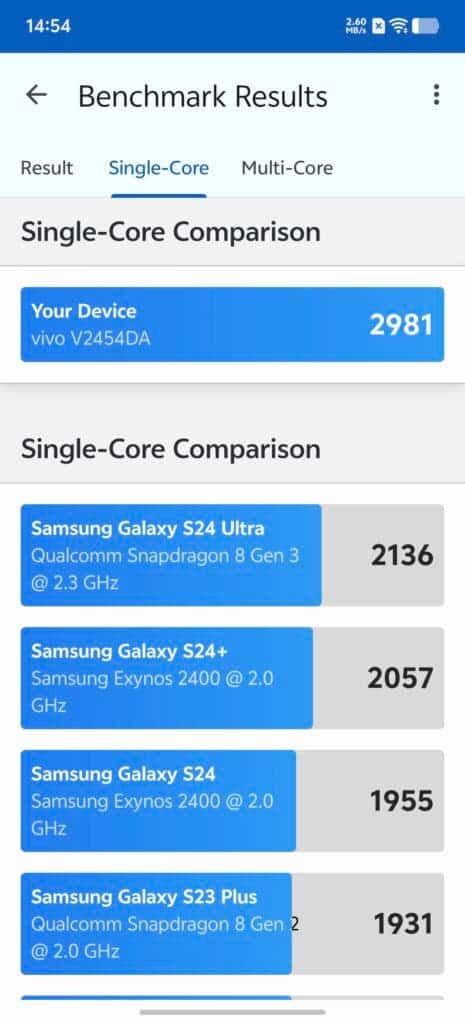

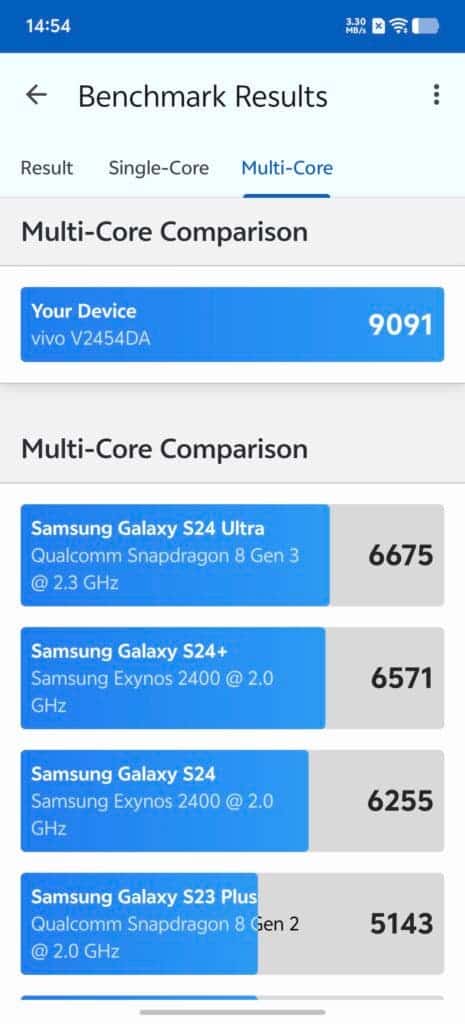
It scored 2.8 million+ on AnTuTu and hit 2,979 single-core and 9,091 multi-core in Geekbench 6. You’re not going to hit limits here unless you’re trying to render Pixar films on your phone.

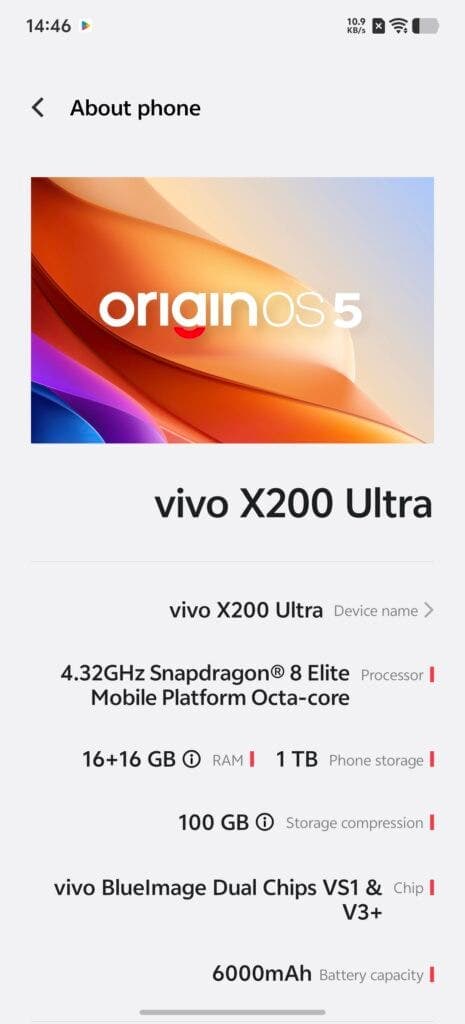

What about software? Vivo’s OriginOS 5 is clean, fast, and responsive. There’s tight iOS integration if you’re bouncing between ecosystems—file sharing, message syncing, etc. That said, its AI features still feel a A LOT behind Samsung and even Xiaomi in a few places – plus it comes with a **-load of bloatware that we could easily live without.
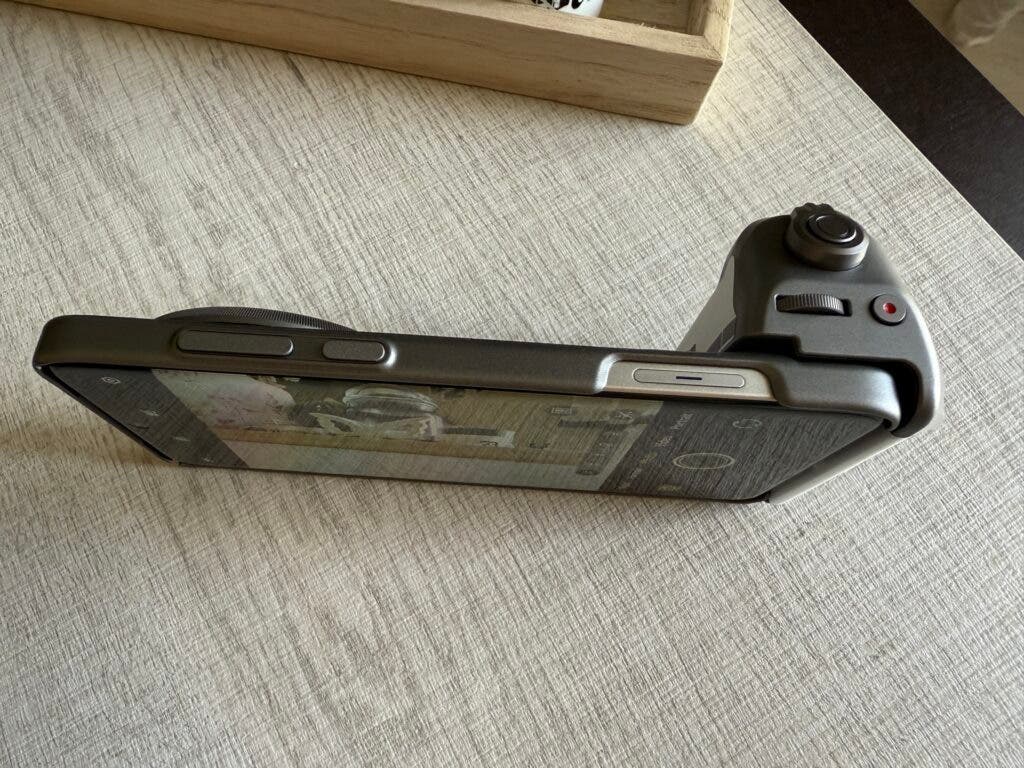
Battery & Charging: Long Life, Short Wait
The 6000mAh battery is huge, and it lasts. Think 7–9 hours of screen-on time on a single charge. For light users? You’re looking at up to two days of usage.

Charging is fast. 90W wired means you’re back to 100% in just under 40 minutes. The 50W wireless charging is great too—fast enough that you won’t miss the cable. Reverse wireless charging is a bonus if you’re the friend who always gets asked to share juice.

UI Experience and Software Features
One of the most noticeable things when you first boot up the Vivo X200 Ultra is just the bloatware of the software. Vivo’s custom skin, OriginOS 5, running on Android 14, has evolved noticeably in the past few iterations but it still packs some Chinese quirks. What you get now is something refreshingly polished — but with a lot of unwanted software – that can easily be uninstalled however.
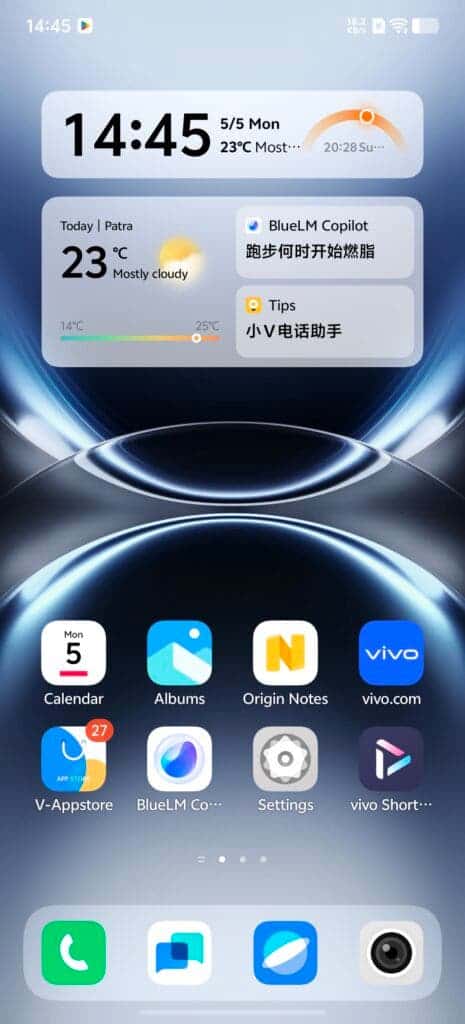



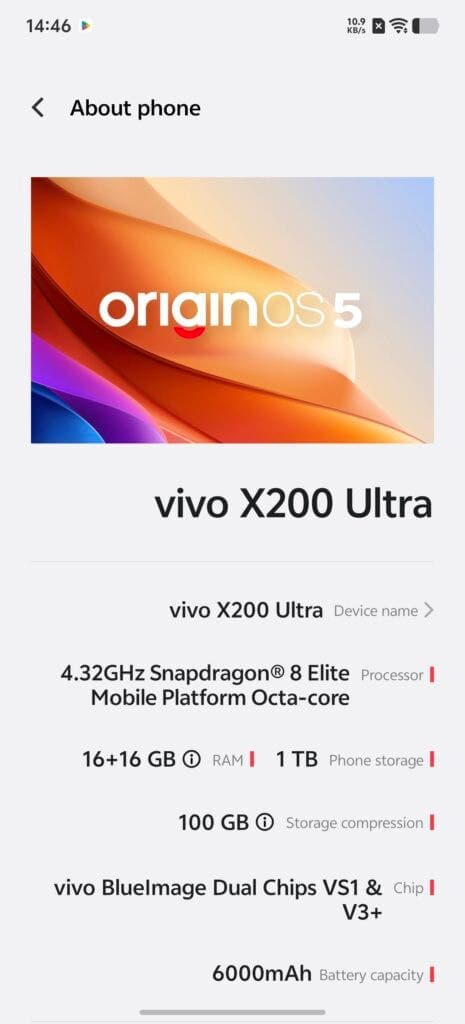
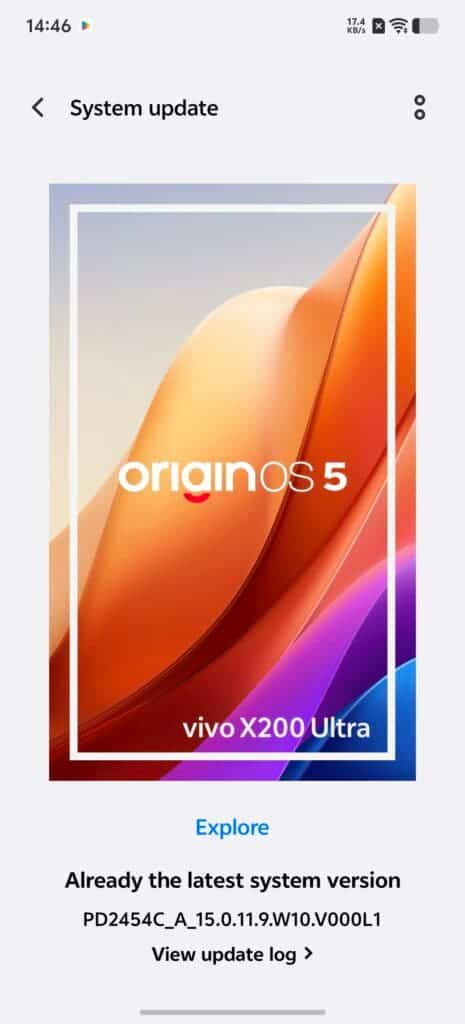

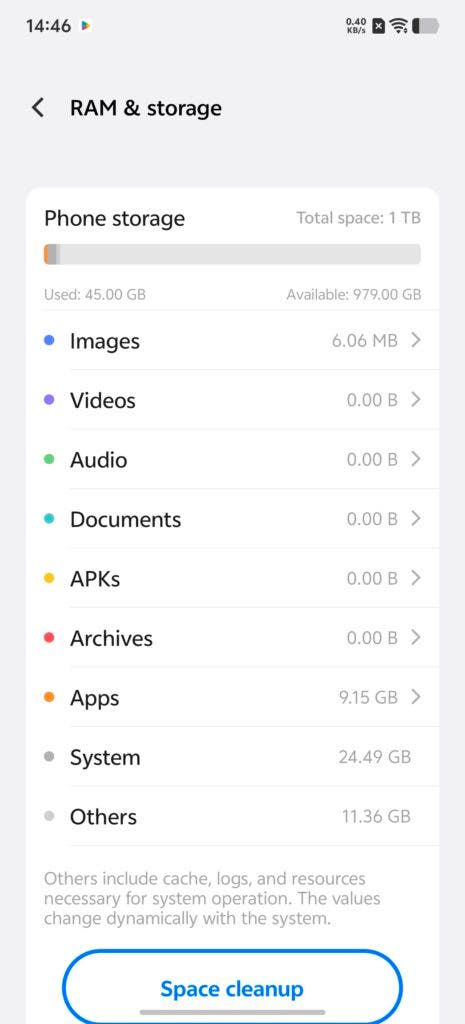

There’s a Smart Launcher feature that adapts to your usage pattern over time. I found it surprisingly helpful. After a few days, app suggestions on the home screen actually started to reflect what I wanted, not just what was used most. It feels less gimmicky than it sounds.

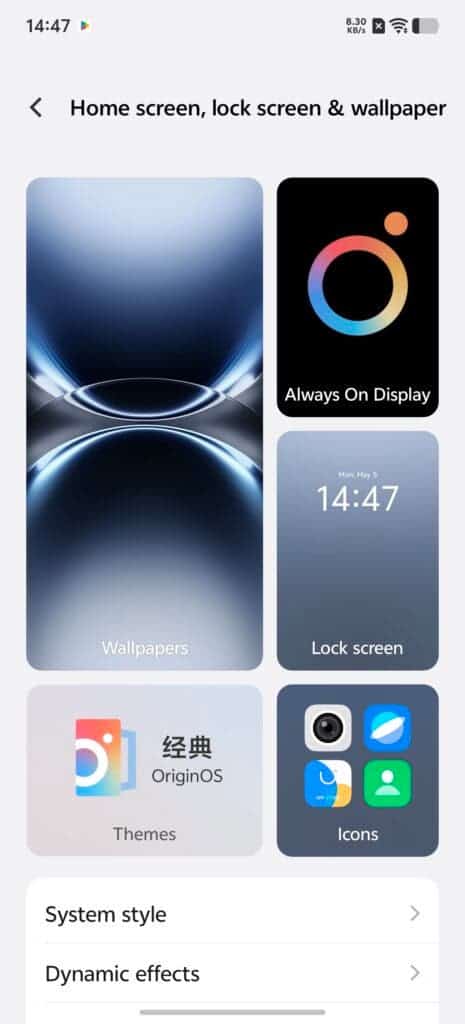

Navigation is smooth, and transitions are fluid, thanks to the combination of powerful internals and that adaptive 120Hz refresh rate. App switching is nearly instant. The multitasking tray is redesigned, too — it’s less cluttered than before, and managing background apps is intuitive. Vivo has clearly done some homework here.
Read Also: Huawei Develops In-House Camera Sensors for Next-Gen Smartphones
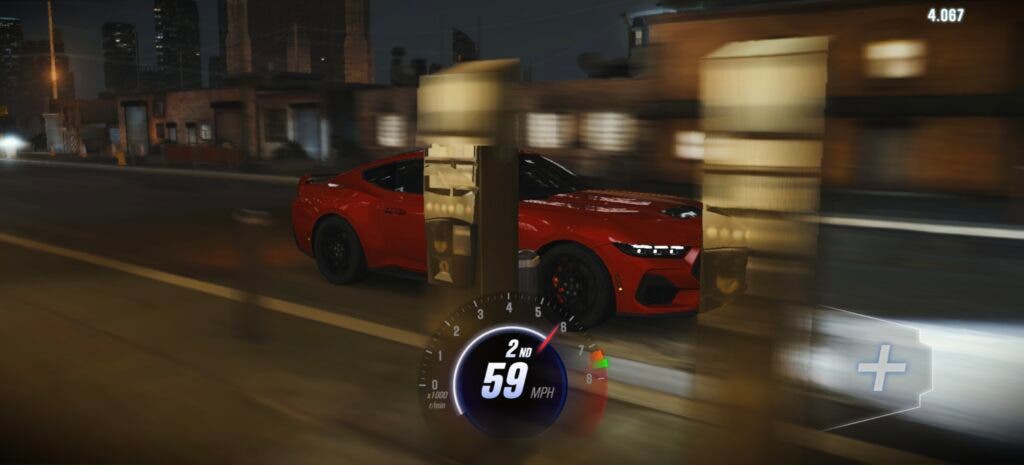
One standout feature is the Multi-Turbo X engine, which tweaks CPU and memory usage on the fly depending on whether you’re gaming, watching media, or just browsing. You don’t see it working, but you feel the results in sustained performance without excessive heat buildup.
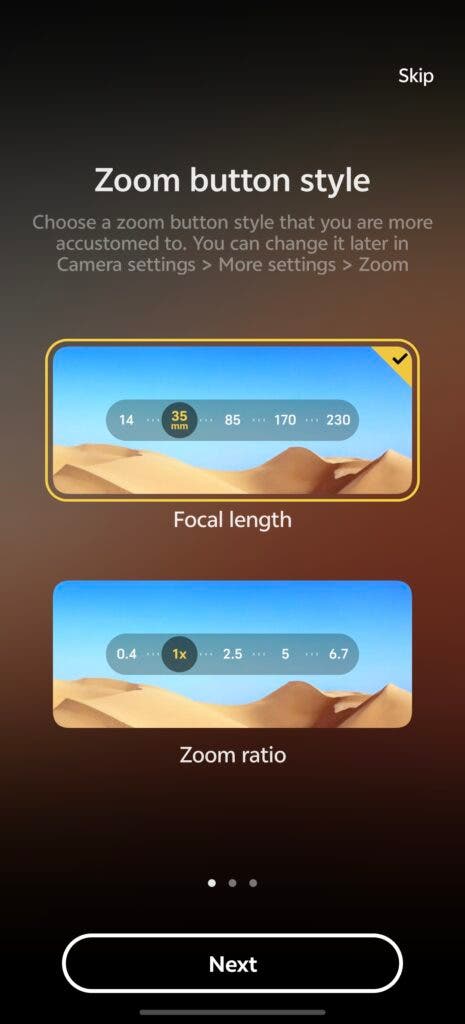

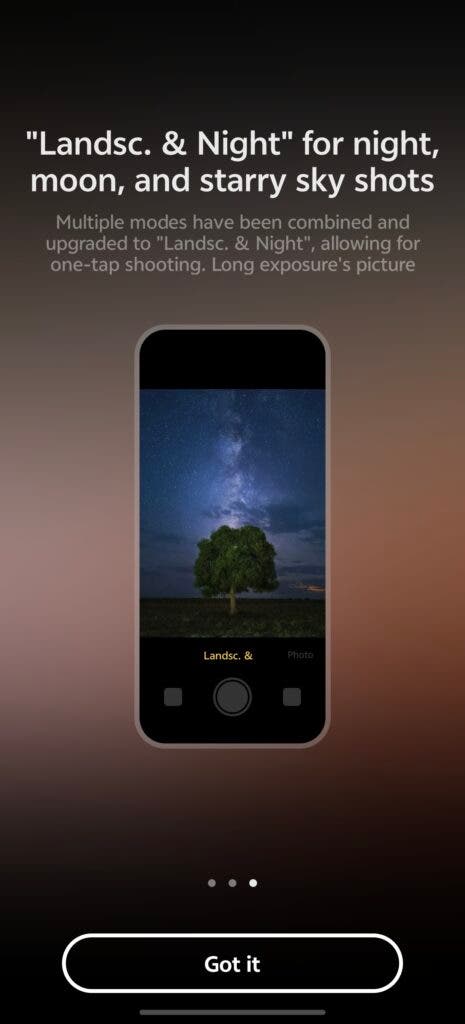
Android 14 Integration
Underneath OriginOS is Android 14, and it shows — especially in how permission management and customization options are handled. Widgets are finally where they should be, and Material You integration brings dynamic theming that matches the wallpaper’s color palette. It’s subtle, but it gives the phone a more personalized feel.

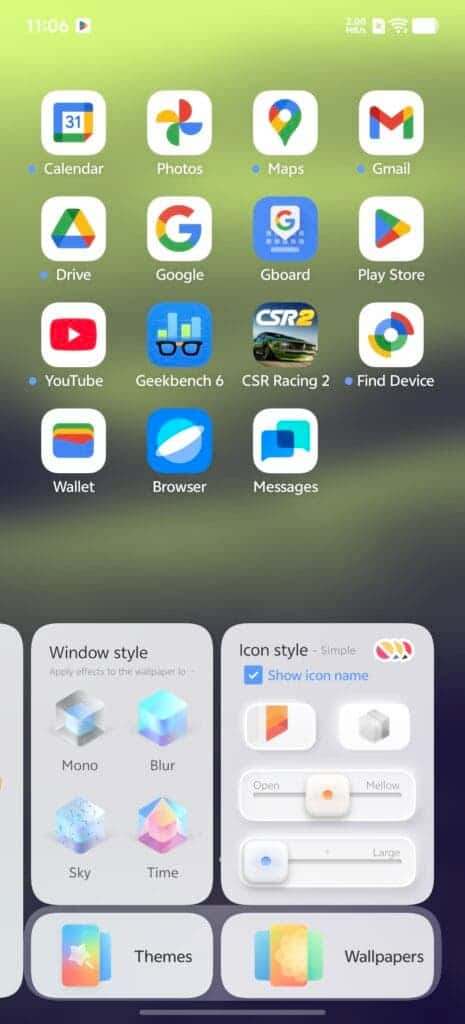
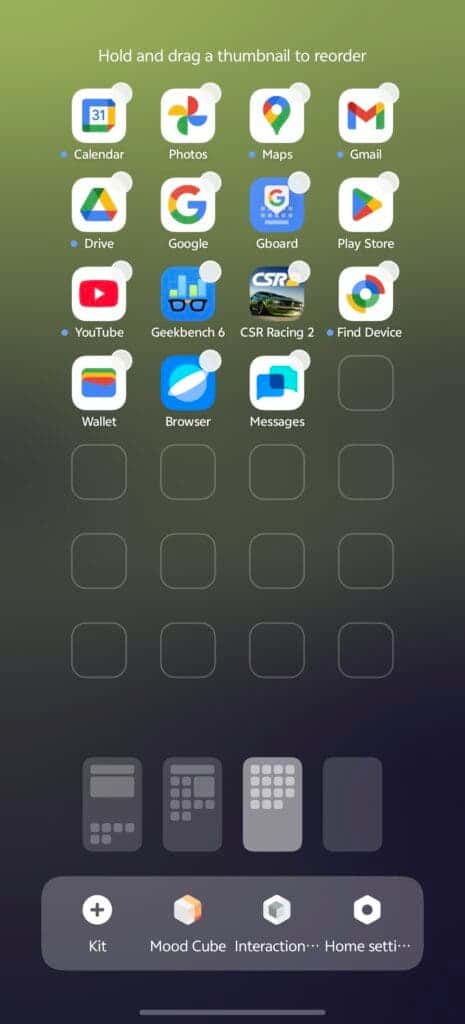
Security and privacy tools have also improved. The X200 Ultra supports Android’s Private Compute Core and offers granular control over microphone and camera access. I particularly liked the new photo picker which lets you grant apps access to specific images only — perfect if you’re privacy-conscious.
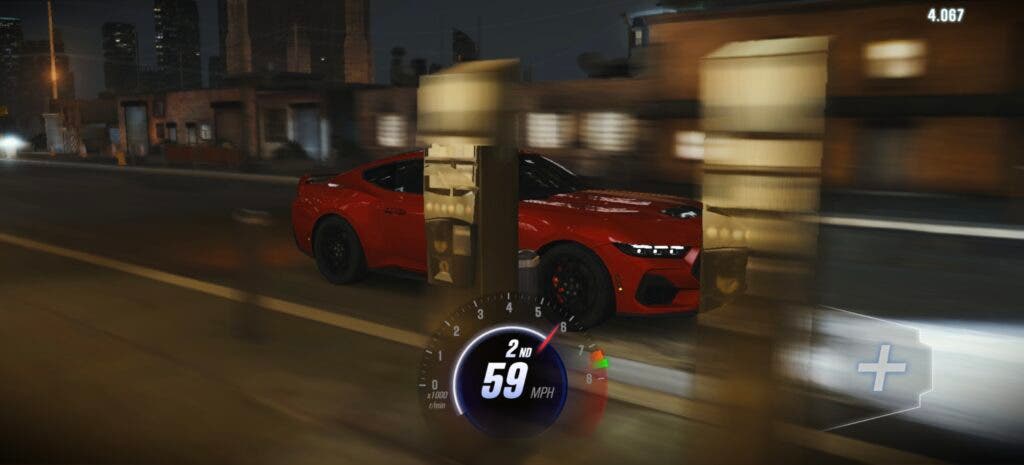
Another win: Live Caption, Audio Sharing, and the Predictive Back Gesture all work flawlessly. These aren’t headline features, but once you get used to them, they’re hard to give up.
Build Quality and Materials
Let’s talk about something that often gets glossed over: how this thing feels in your hand. The Vivo X200 Ultra is big — no denying that — but it’s balanced. The weight distribution is surprisingly ergonomic for a phone this size.

The aluminum frame gives it rigidity, and the curved Gorilla Armor Glass on both front and back adds both durability and a premium look. It’s not just glossy for the sake of aesthetics; it’s surprisingly resistant to micro-scratches. After a week of daily use with no case, mine still looked pristine, minus a few fingerprint smudges.
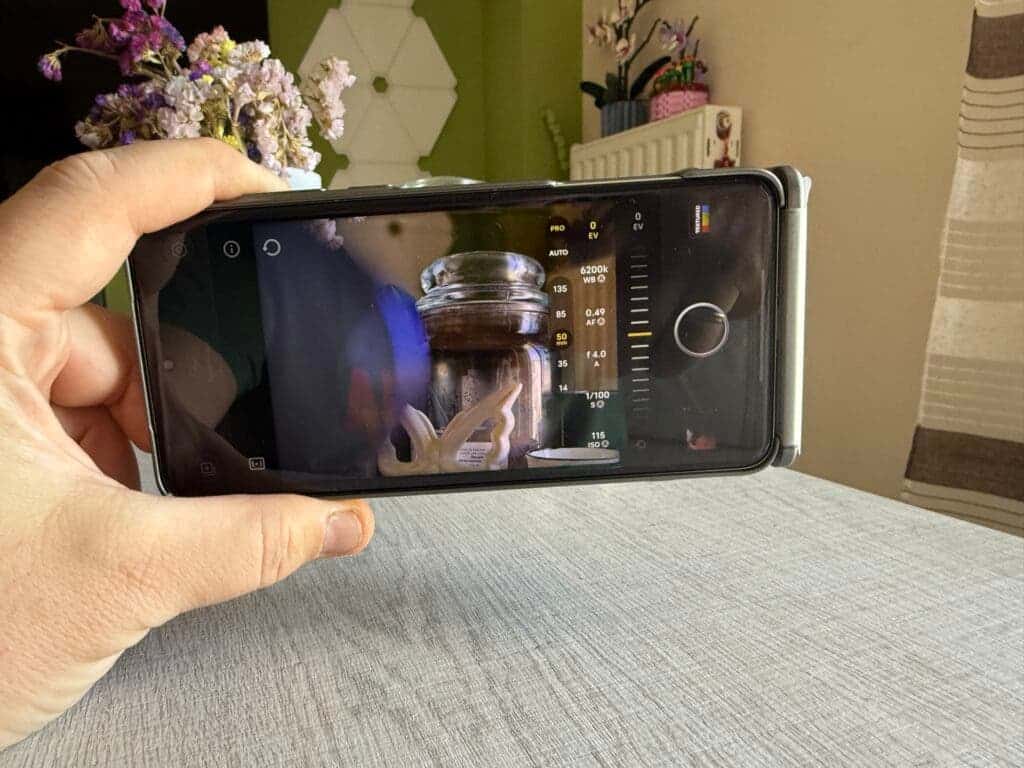
The IP68 and IP69 rating gives peace of mind. It survived an accidental splash and a dusty weekend hike without a hiccup. Not that I recommend testing it, but it helps to know it can take some abuse.
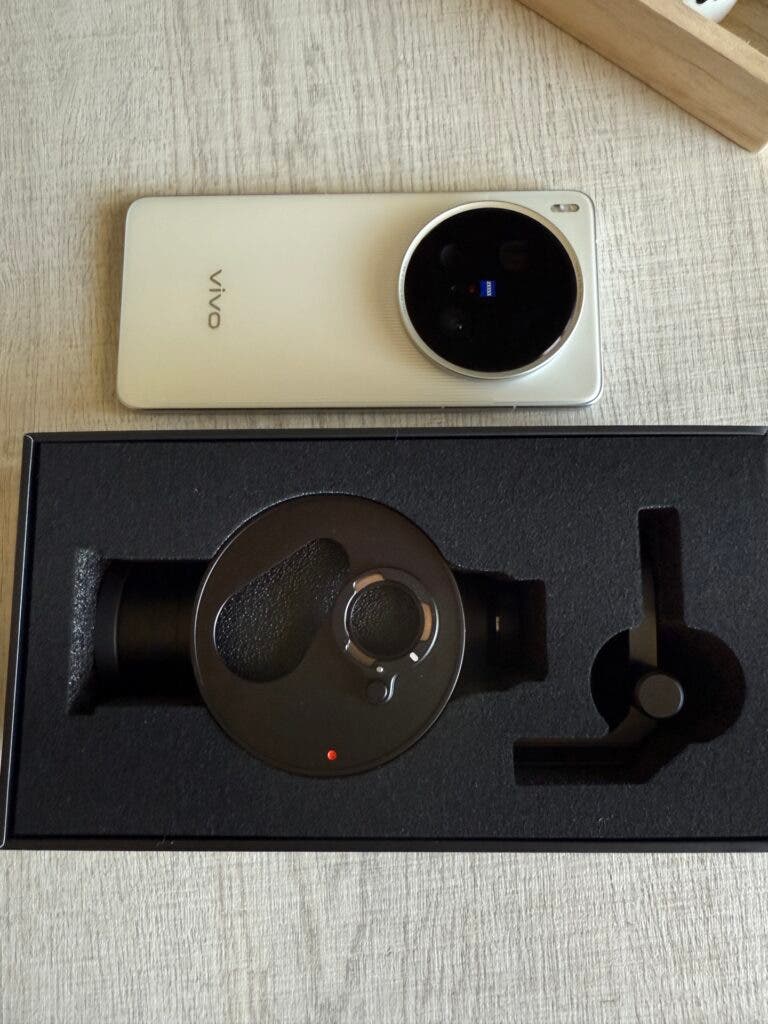
What I particularly appreciate is the attention to detail in tactile elements. The buttons are firm but not stiff. The in-display fingerprint reader is fast and accurate. And the haptics — worth pausing on — are some of the best I’ve felt on any Android phone, full stop. There’s a crispness to the vibration feedback that makes typing and notifications more pleasant.
Special Features That Stand Out
Vivo has loaded this phone with more than just standard flagship hardware. There are thoughtful additions — some subtle, others bold — that round out the experience.

1. Imaging Chip and Zeiss Enhancements
The inclusion of Vivo’s custom V3+ imaging chip, paired with Zeiss T* lens coatings, isn’t just marketing fluff. It leads to noticeably better dynamic range in tricky lighting and fewer lens flares when shooting at night. The Cinematic Portrait mode with adjustable bokeh (simulating Zeiss lenses like Distagon and Planar) is a joy to use. For mobile photographers, it’s a real creative tool.

2. Satellite Connectivity (Region Dependent)
The X200 Ultra is one of the few devices this year with emergency satellite messaging support, though this is region-specific. If you travel or hike in remote areas, this could be a lifesaver. It’s not a daily-use feature — and some people will never need it — but it pushes the device further into the ultra-premium space.
3. Audio System
Dual stereo speakers with Hi-Fi audio tuning make a noticeable difference while streaming media or gaming. The phone supports aptX Lossless and LDAC, so if you’re into wireless audio fidelity, it has you covered.
4. AI-Enhanced Features
Vivo’s AI suite, while not as aggressive as Samsung’s Galaxy AI, includes real-time transcription, AI noise cancellation, and photo restoration tools baked right into the gallery. I tested the latter on an old photo scanned from a family album — results were surprisingly good. Not perfect, but definitely usable.
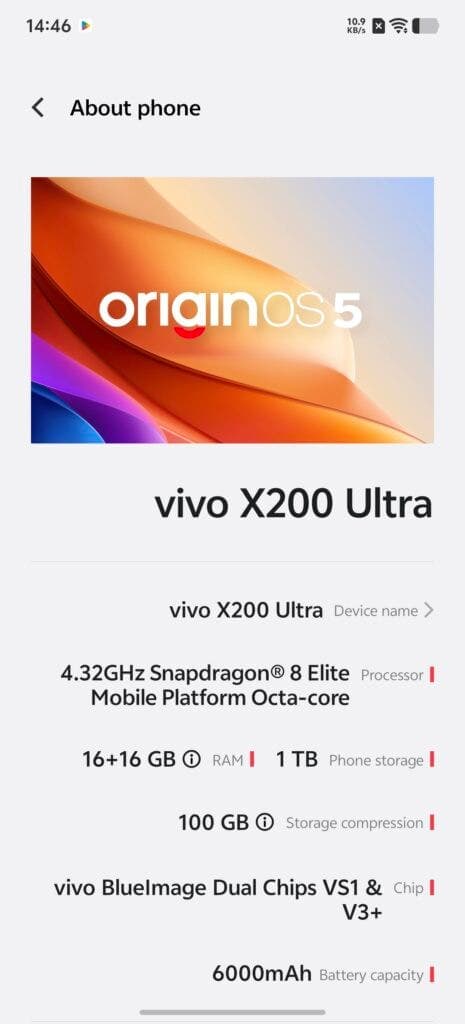
5. Extended RAM and Storage Speed
Another thing to note: the UFS 4.0 storage and extended RAM (up to 16GB physical + 16GB virtual) make multitasking near-effortless. Whether I had 20 Chrome tabs open, or was jumping between 3D games and video editing apps, the phone kept pace without breaking a sweat.
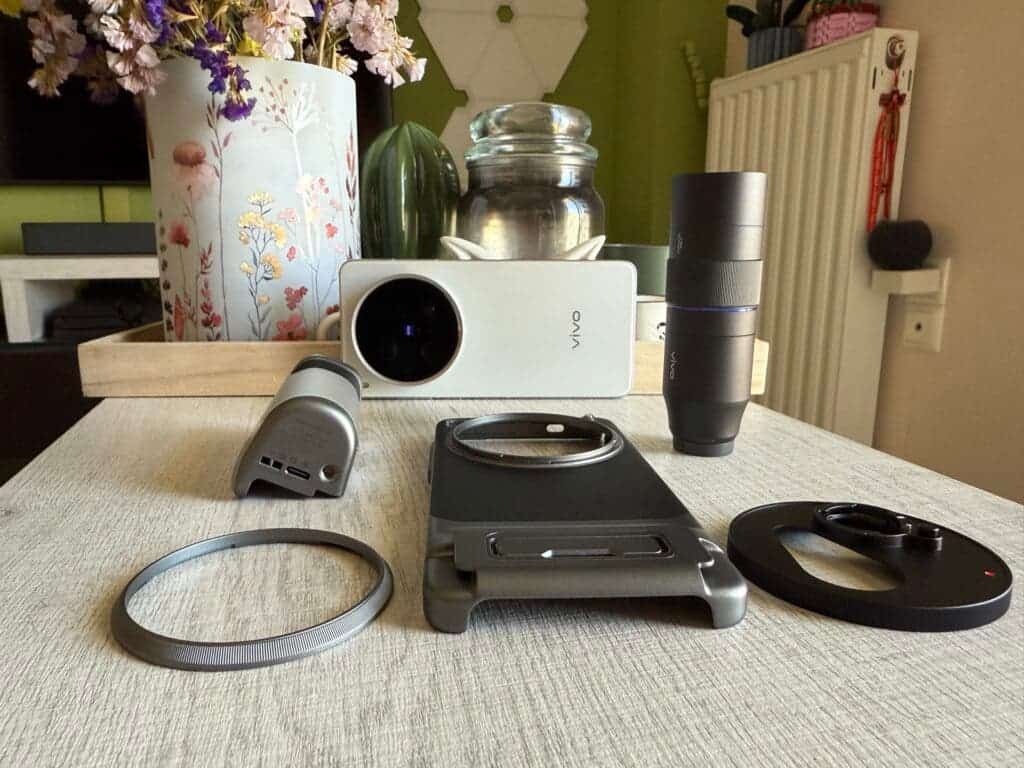
The Verdict: Flagship or Photography Beast?
Honestly, the Vivo X200 Ultra doesn’t just tick boxes—it redefines what users should expect from a camera phone. You get a powerhouse processor, a truly stunning display, all-day battery life, and one of the best (arguably the best) mobile camera systems on the market today.
Is it for everyone? No. If all you do is scroll Instagram and check emails, you’re not going to tap into 70% of what this phone can do. But if mobile photography is your thing—or you want a phone that can replace your compact camera—this is it.
It’s premium, yes. But it earns it.
Disclaimer: We may be compensated by some of the companies whose products we talk about, but our articles and reviews are always our honest opinions. For more details, you can check out our editorial guidelines and learn about how we use affiliate links.Follow Gizchina.com on Google News for news and updates in the technology sector.